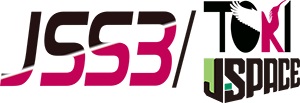Usage summary of JSS in FY2022
JAXA Supercomputer System Annual Report February 2022-January 2023
■ Operation of JSS3: April 1, 2022-March 31, 2023
* For specifications of JSS3, refer to Supplement 1.
Job filling rate trends
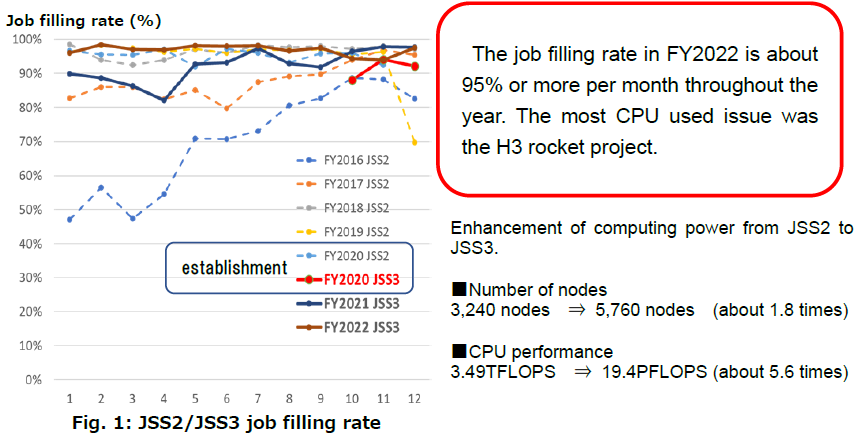
Usage trends of JSS3
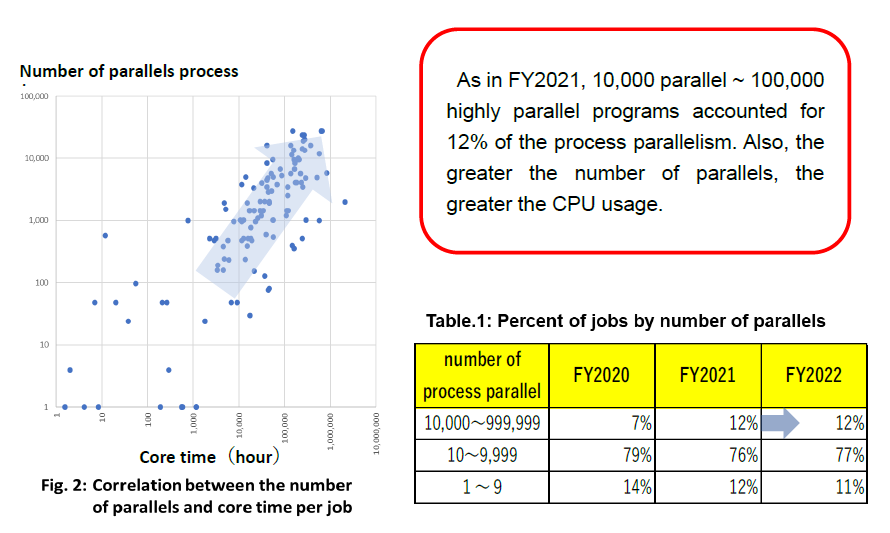
JSS usage trends
Trends of JSS usage frame
The fields of use are classified into five frameworks, and utilization rate guarantees and job execution priority control suitable for each framework are set, effectively maximizing R&D results.
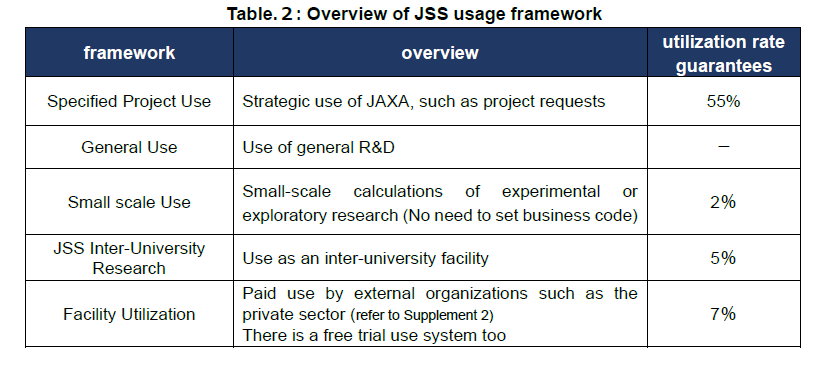
FY2022 results by usage framework
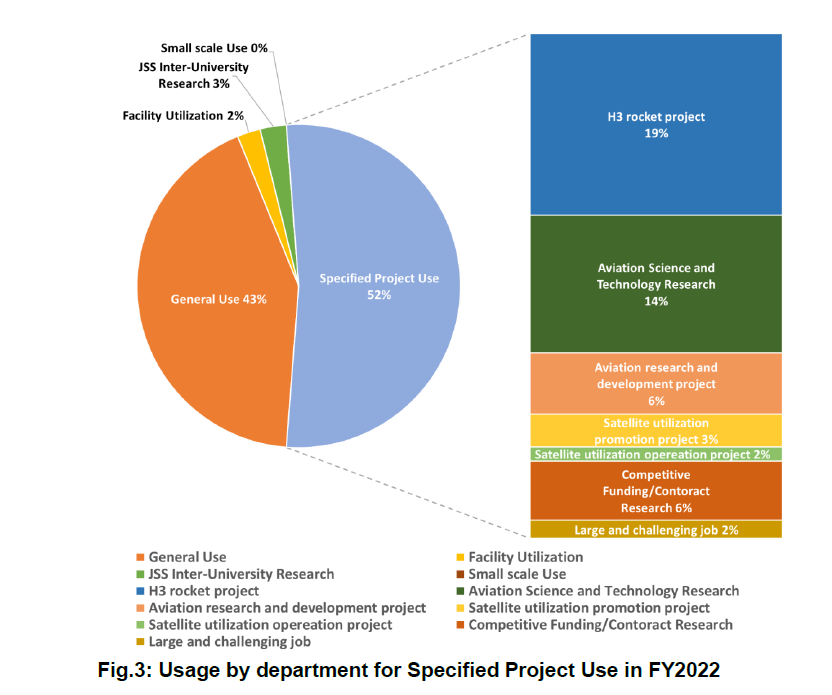
Trend of usage for Specified Project Use
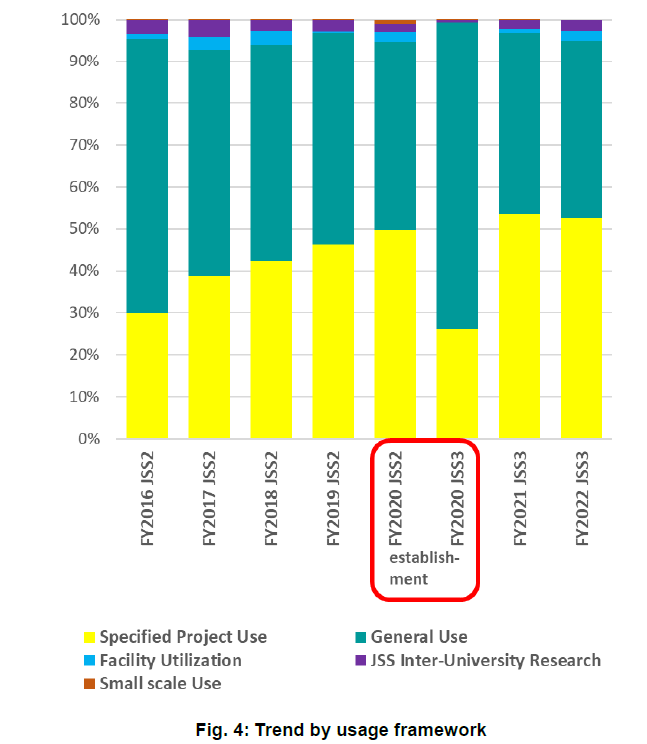
For the first time, FY2021 exceeded the rule of ” Specified Project Use ratio of 50% or less” that was started in FY2016 to prevent general usage from being overwhelmed. In FY2022, Specified Project Use of utilization rate more than 50% have been able to effectively controlle by fine-grained job execution priority.

Trends in JSS Usage by Department
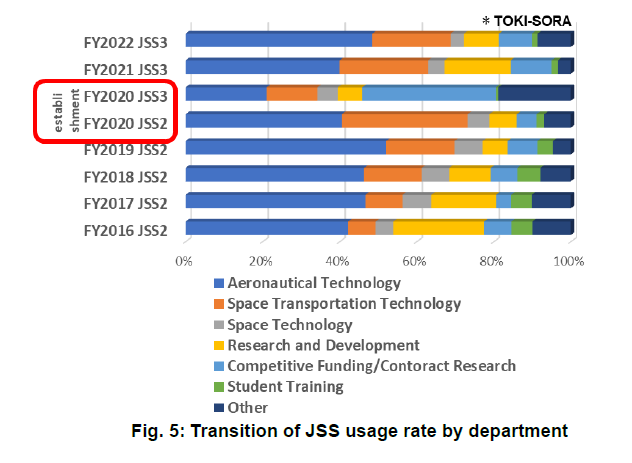
JSS usage results by subject in FY2022
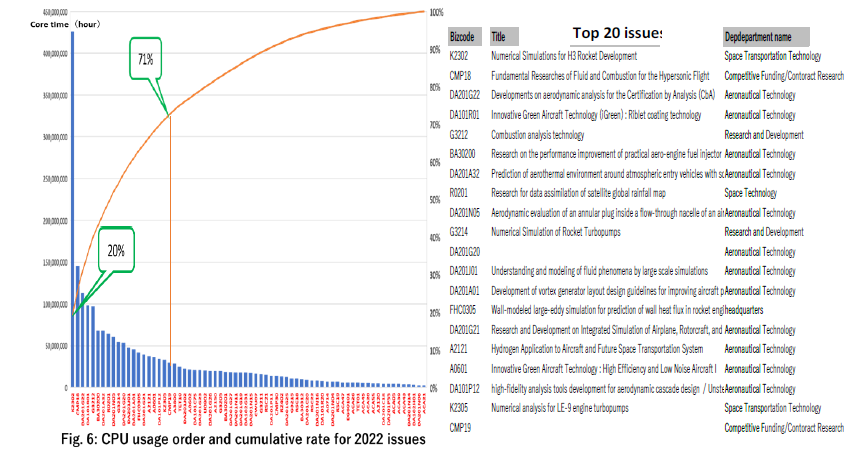
Estimation of JSS usage cost in FY2022
The estimated JSS usage cost is a virtual cost that expresses the amount of usage using the node usage unit price.
By sector, the two sectors, 48% for the technical aviation sector and 20% for the space technology transportation sector, accounted for 68%. By business, the H3 rocket project is account for about 20%.
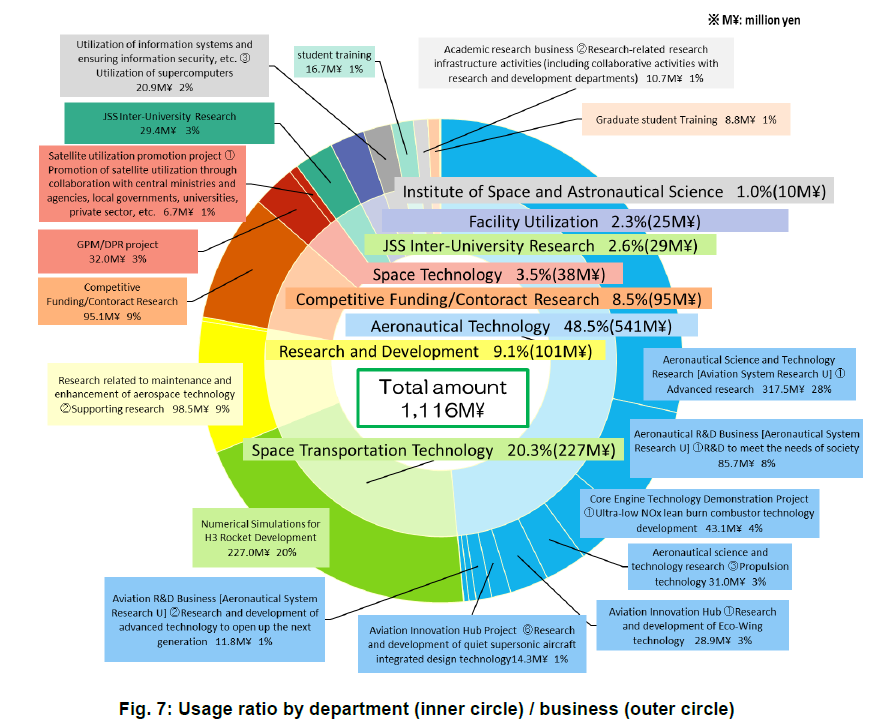
Visualization technology
The visualization technique is essential to analyze the calculation results quickly and accurately. Supercomputer Division prepares various visualization tools on JSS3/TOKI-RURI so that all users can use a suitable application to visualize their research.
●Large-scale visualization
If users cannot visualize in the normal visualization environment due to the large scale of calculation results, the visualization team gives proper advice on how to visualize. Two complicated visualization samples are shown as follows.
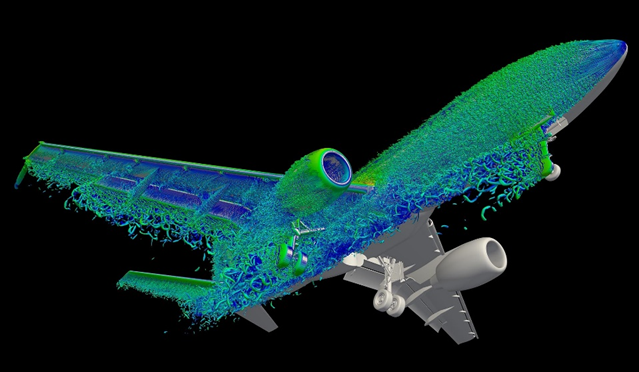 Fig.8: Core technology to innovate
Fig.8: Core technology to innovate
aircraft design and operation
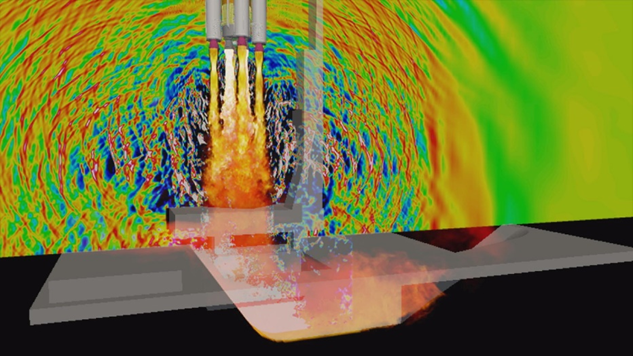 Fig.9: Aero-acoustic simulation of H3
Fig.9: Aero-acoustic simulation of H3
launch vehicle at lift off
● New visualization technology
The visualization team is promoting to develop the 3D visualization technology, such as using 3D printers and wearable devices. Using these technologies, researchers can understand the simulation results as 3D models. It helps them make sense of the complex flow fields around the aircraft and spacecraft intuitively, which they could not grasp before.
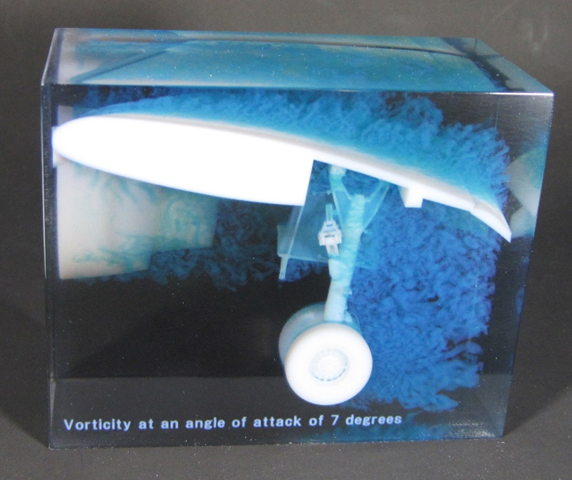 Fig.10: 3D printer model with
Fig.10: 3D printer model with
transparent resin (Flow field
around the landing gear)
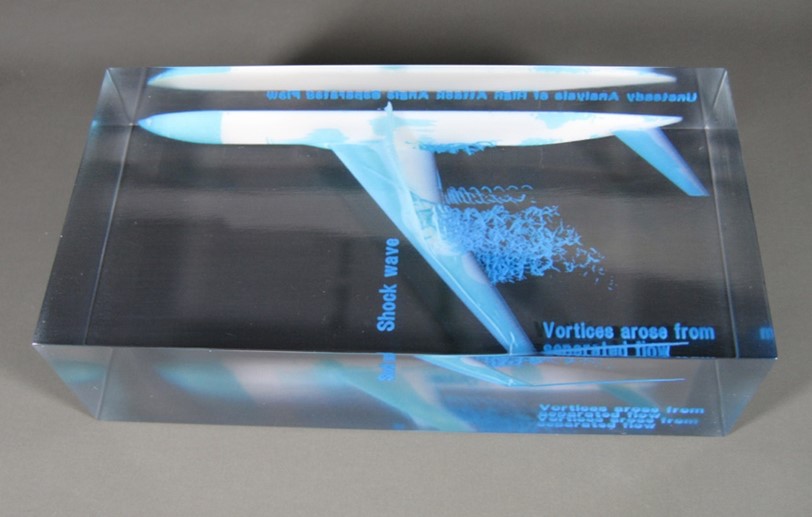 Fig.11: 3D printer model with transparent resin
Fig.11: 3D printer model with transparent resin(Numerical simulation of buffet)
MR(Mixed Reality) technique can display 3D holograms of simulation results with the special wearable device. Researchers wearing this device can see and discuss the same simulation results with each other, even if they are in different locations.
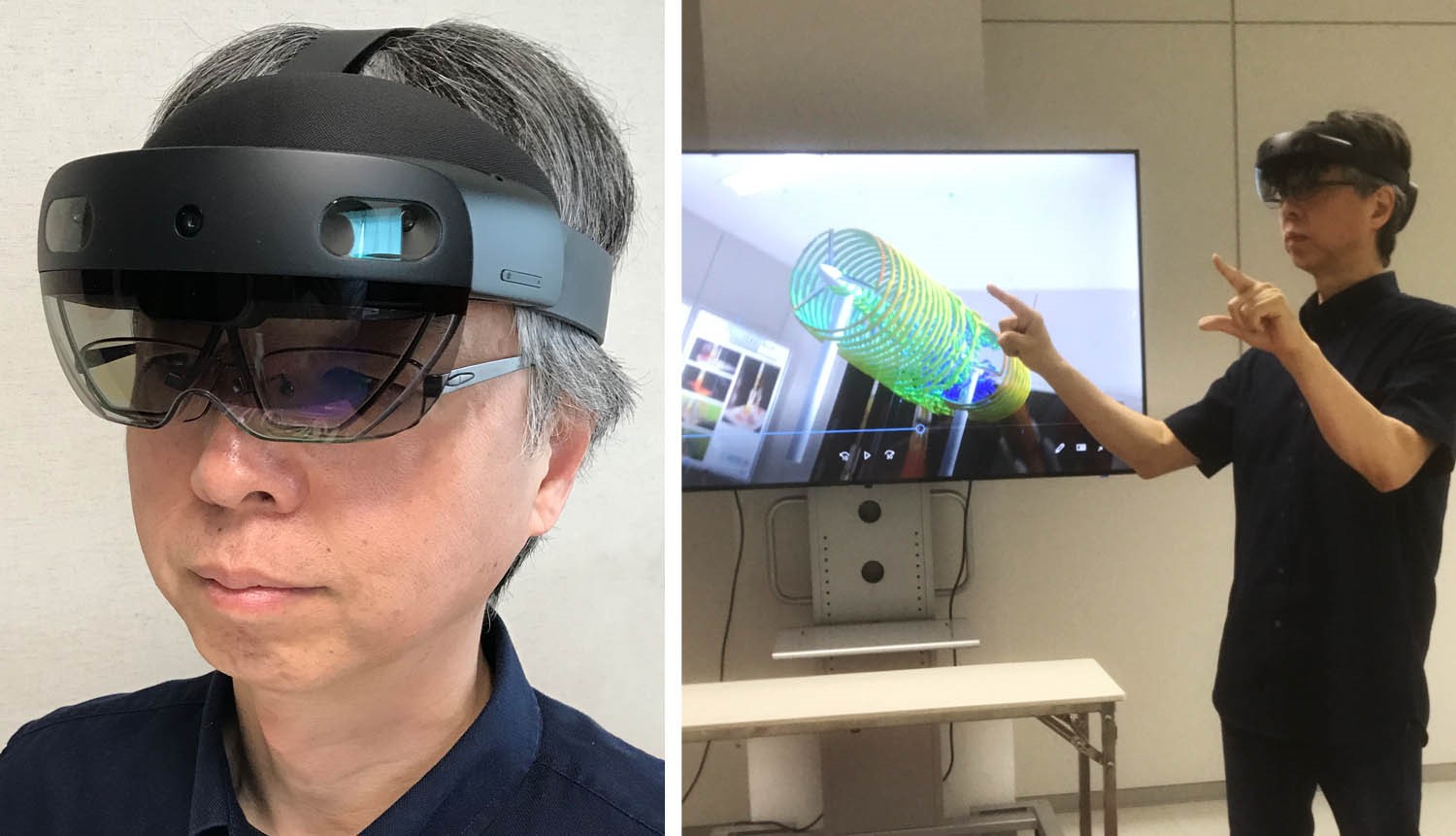 Fig.12: Display of 3D simulation result using HoloLens2
Fig.12: Display of 3D simulation result using HoloLens2
(Simulation of two wind turbines)
Supplement 1: Specification overview of JSS3
Table. 4: Specification overview of JSS3
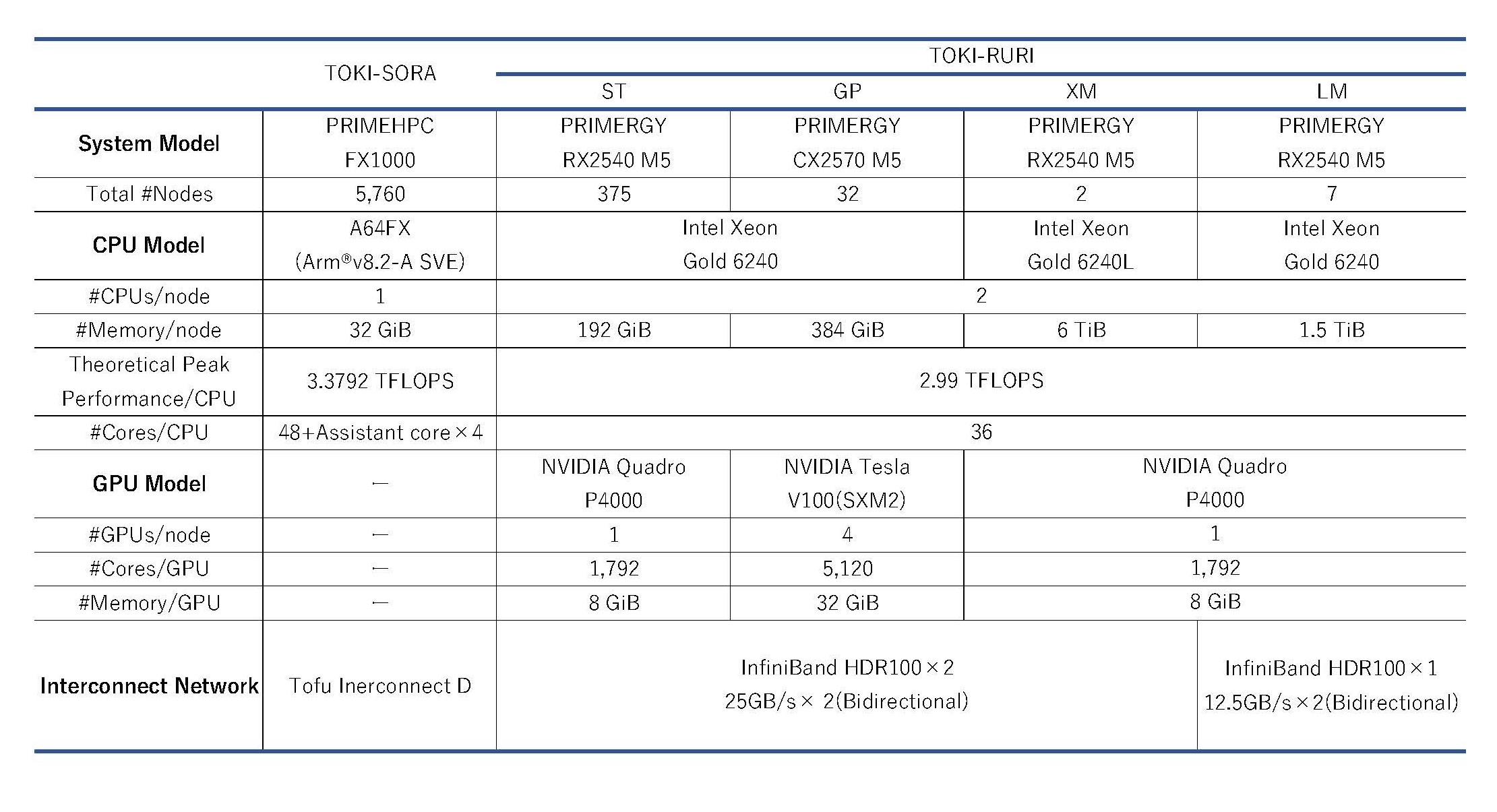
Supplement 2: JSS3 Facility Utilization service fee
| Basic fee | \11,926 / Month |
| Node fee | SORA \0.49393 /(core・sec) RURI(ST) \1.6958 /(core・sec) RURI(GP) \7.4453 /(core・sec) RURI(XM) \27.568 /(core・sec) RURI(LM) \4.0524 /(core・sec) RURI(TST) \1.6958 /(core・sec) TRURI(TGP) \7.4453 /(core・sec) TRURI(TLM) \4.0524 /(core・sec) ( The SORA system is charged for usage |
| File fee | \0.14220 /(GB・Month)
( Allotted capacity over 500 (GB・month) is subject to billing. In addition,the capacity will be up to the amount approved by JAXA.) |
| Archiver fee | \0.16302 /(GB・Month) (However,the maximum is 400TB.) |
| Management fee | 9.1% of direct expenses |
*Separately, the statutory consumption tax amount will be added at the time of billing.
*If a fraction of less than 1 yen is generated when calculating the burden amount, the fractional amount shall be rounded down for each calculated amount.
JAXA Supercomputer System Annual Report February 2022-January 2023

